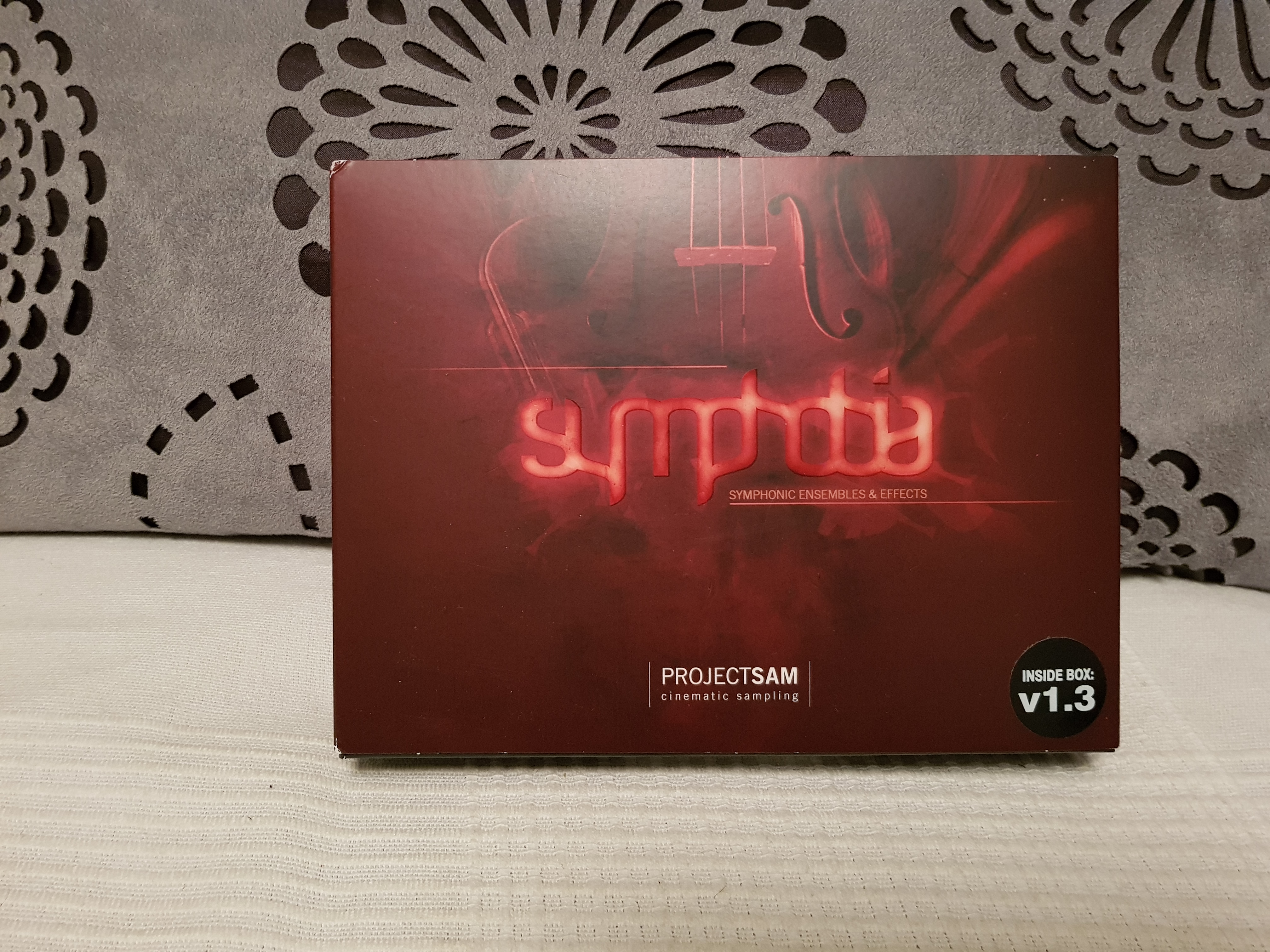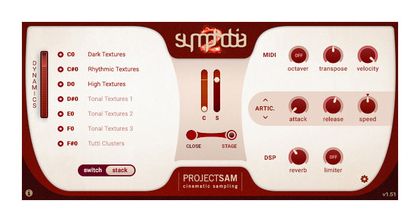

This volume expands your Orchestral Essentials template with brand-new selections from the ProjectSAM catalog, including the Symphobia series, the True Strike series and their other libraries, all re-designed and streamlined to fit the Orchestral Essentials concept. The Orchestral Essentials series captures the essence of the ProjectSAM experience: an inspiring collection of sounds taken from their extensive, cinematic product catalog. One can do quite a bit with just those two, although I would strongly suggest purchasing both together.The follow-up to the much loved original: Orchestral Essentials 2! They are redundant now since I have the others, but I still turn to them from time to time, mostly out of familiarity, since they were my first ensemble style libraries. I also own Orchestral Essentials 1 & 2 - they are brilliant libraries.

I'd hate to be without them, but they can wait, unless you are working on a project that calls for one of those specifically. Symphobia 3, Albion V, and Time Macro represent - again to me - more specialized sound sets. Oddly enough, I find that the Orchestral Tools libraries tend to play nicely with either Spitfire or Project Sam, but Spitfire and Project Sam are more difficult to blend. Then, as finances allowed, I'd add Symphobia 1 and MA 1 to complete this part of the collection.

Next up I'd probably add MA 2 because it fills in gaps well, especially for more bombastic projects. I'd add Albion ONE next because the breadth of sounds is unmatched. I would start with Symphobia 2 - I find it the most inspirational, I can fire up one of their multis and almost immediately find an idea that works. (It helps that they are all available, which was not the case when I was building my virtual orchestra.) I can say, with reasonable certainty, that I would still own all of these libraries if I were starting out today, but I'd purchase them in a different order. I can't begin to address why one library sells more quickly other than the obvious, perceived utility? None of which directly answers your questions.

I suspect that when I finally get good at this I'll use both types of libraries. Something about the speed with which one can work with the ensembles instead of fussing around with the individual tracks. The other thing, which has worked for me, is to start writing with the ensemble libraries and then add in or replace individual instruments. Which is a heck of lot more work than it probably sounds like! The trick, for me, I think, is to write as I normally do, sequence with individual instruments or sections, and then replace parts with ensembles from these libraries where it fits. In fact the library that introduced me to the concept was Cinesamples CineOrch, which I still use from time to time. Not unlike recording an entire combo vs mulitracking the individual players. Perfectly logical that recording musicians together will sound more like you recorded them together, but you have to sacrifice some flexibility. They offer a level of "real" that is difficult, if not impossible to achieve with individually sampled instruments. I really like the sound of all these libraries. I also own both Swing! libraries, and Metropolis Ark 1 & 2, and Time Macro Equally important, I continue to try to learn to use them well. That is an issue of understanding the workflow more than any specific problem. In the interest of transparency I don't use any of them nearly as much as I use my individual instrument libraries. I own Albion ONE, Albion V Tundra, and all three Symphobias.


 0 kommentar(er)
0 kommentar(er)
